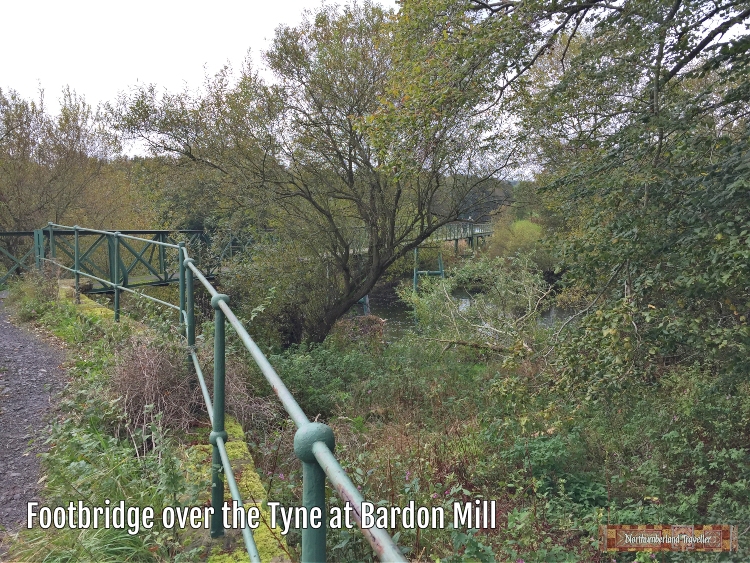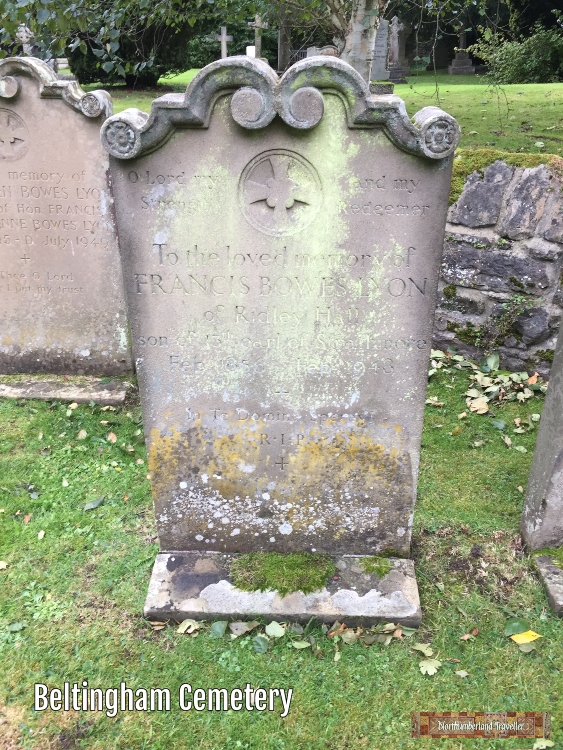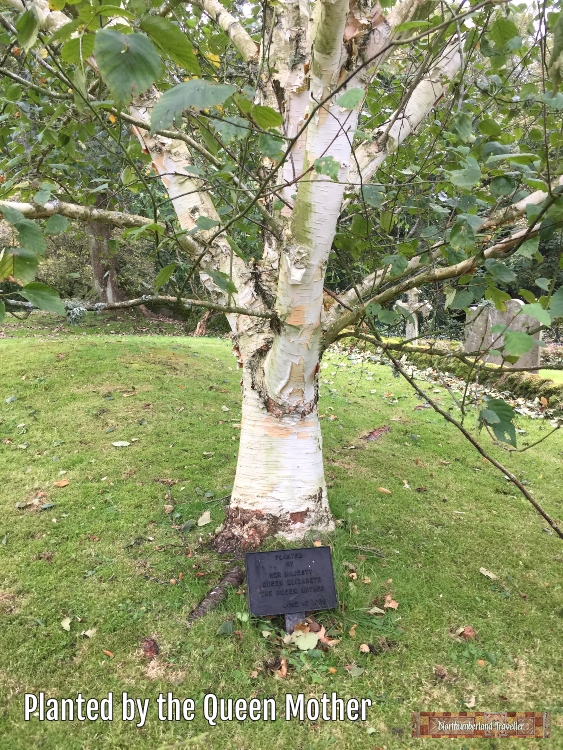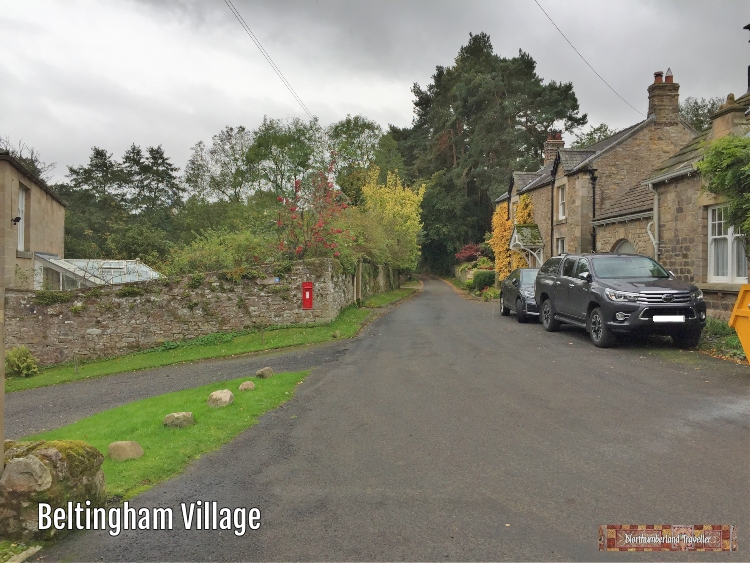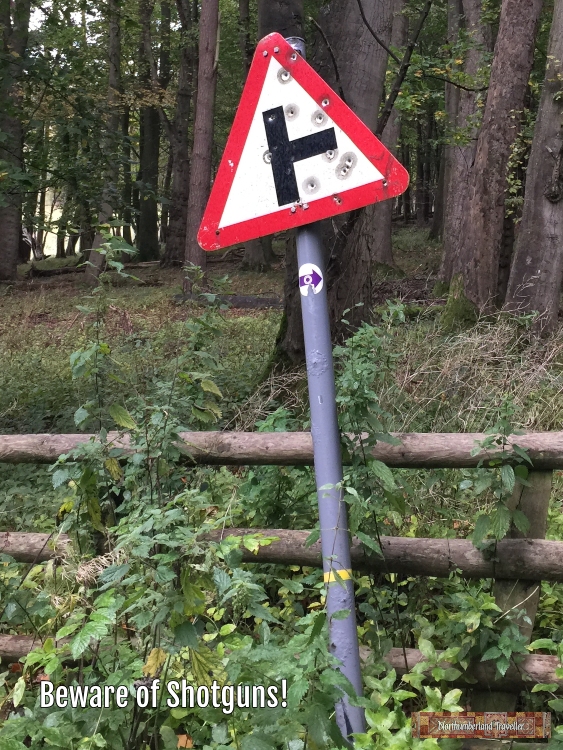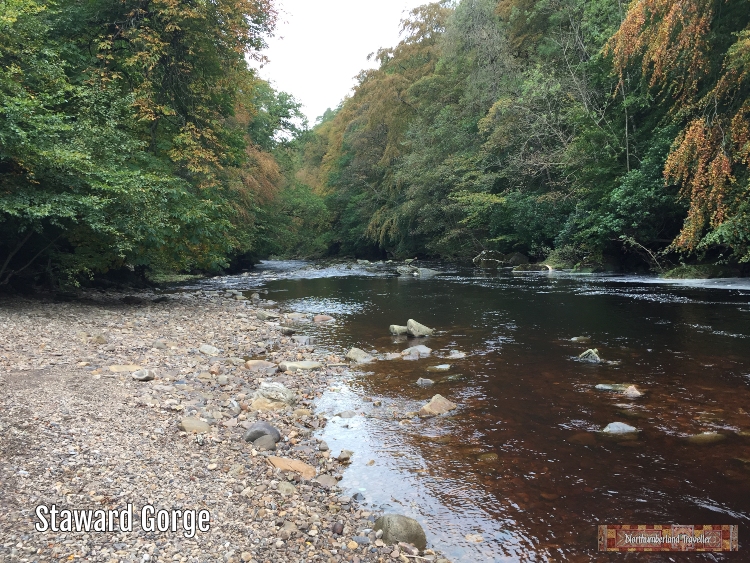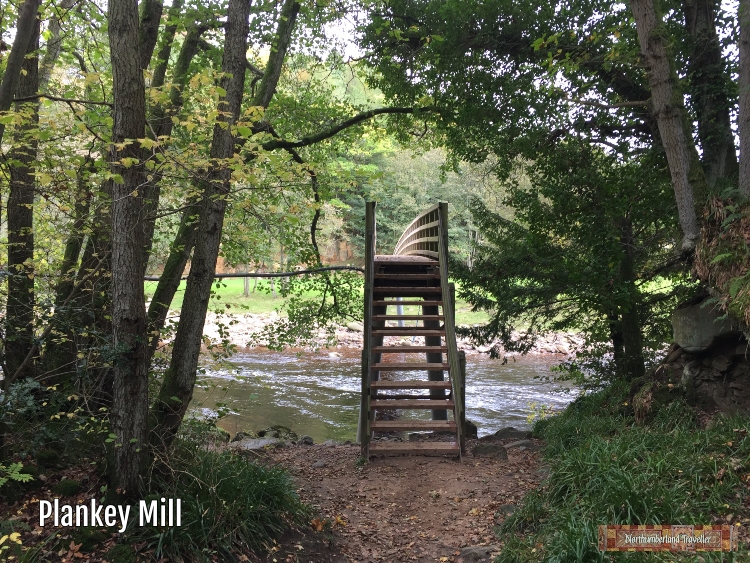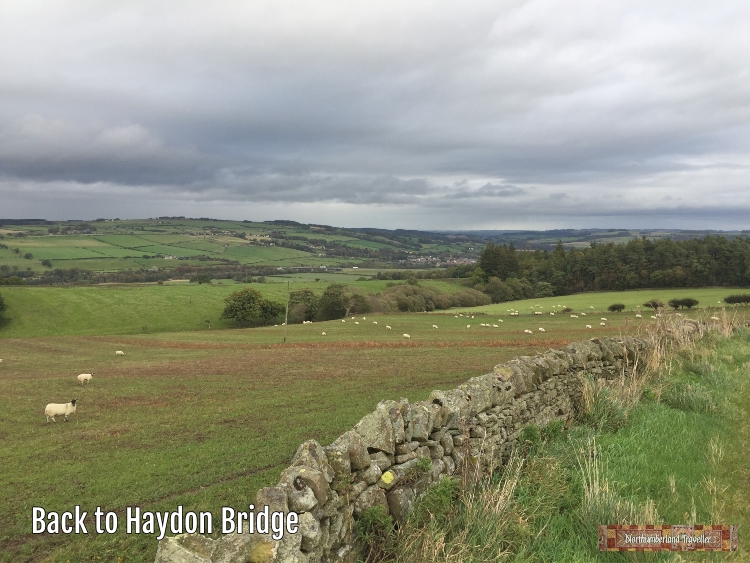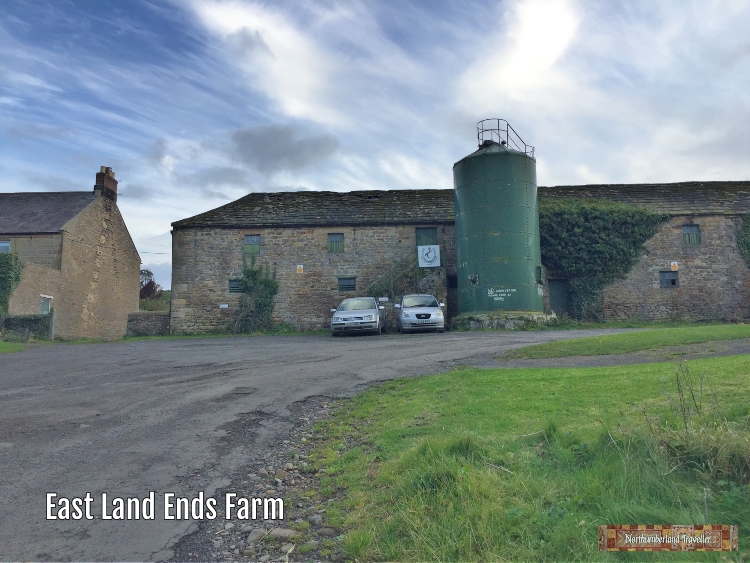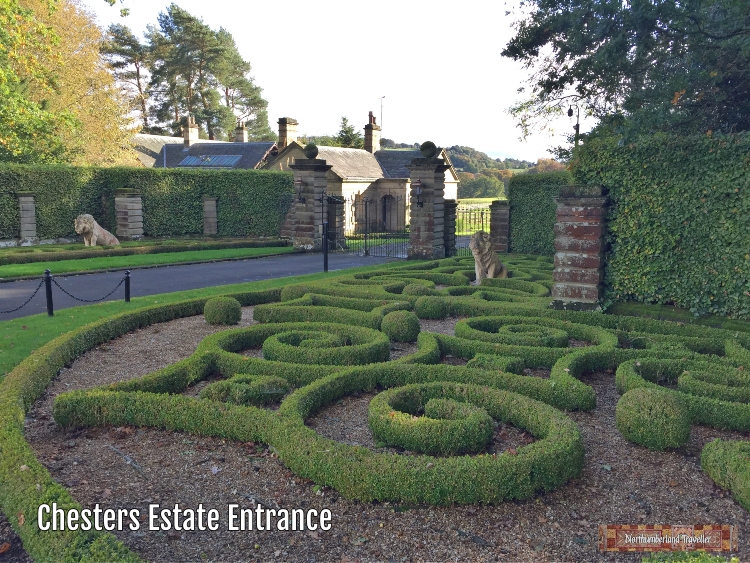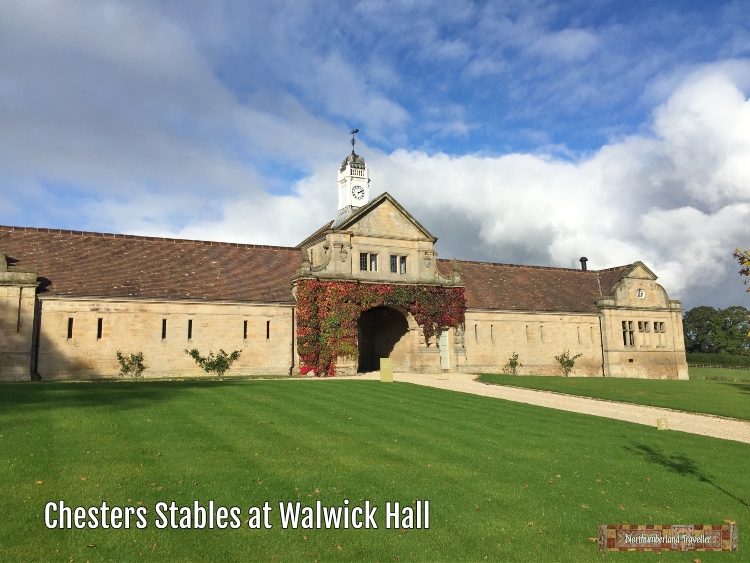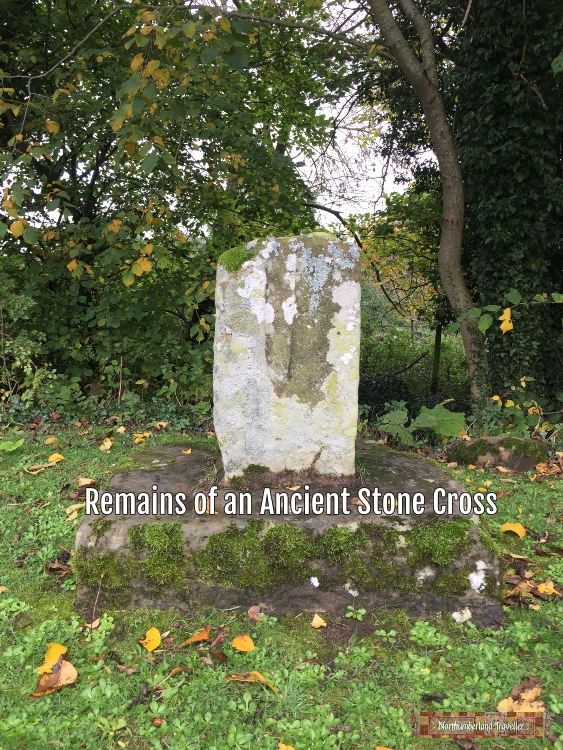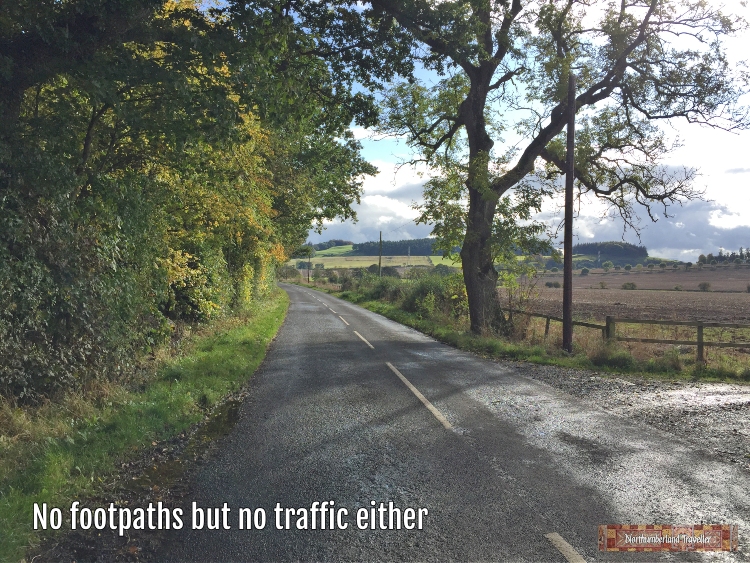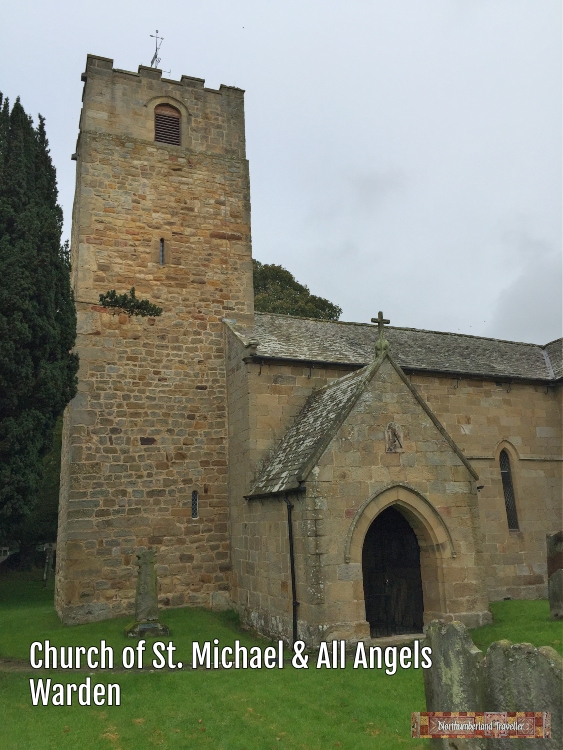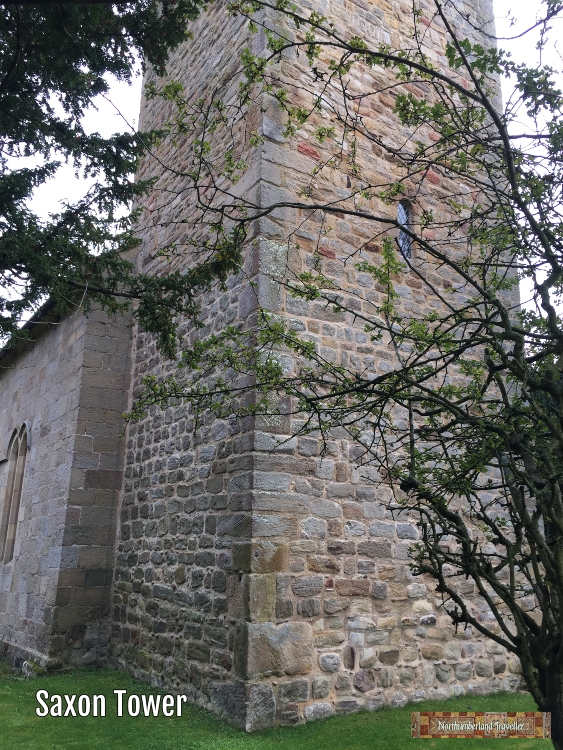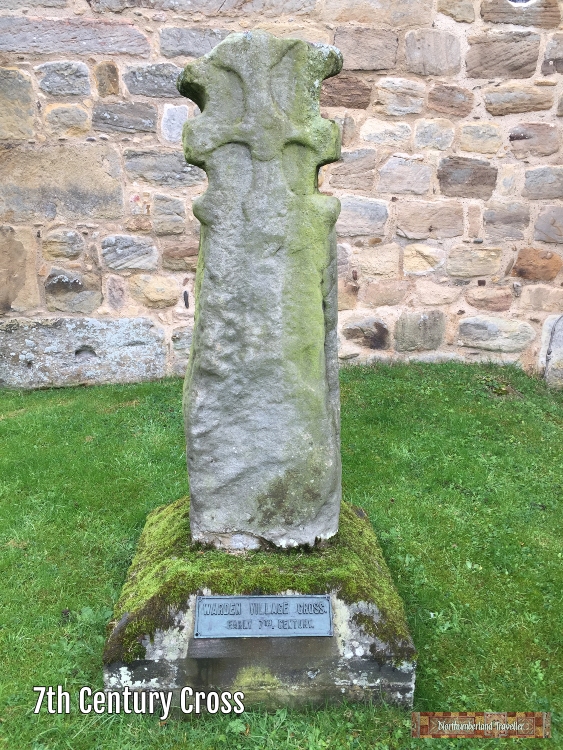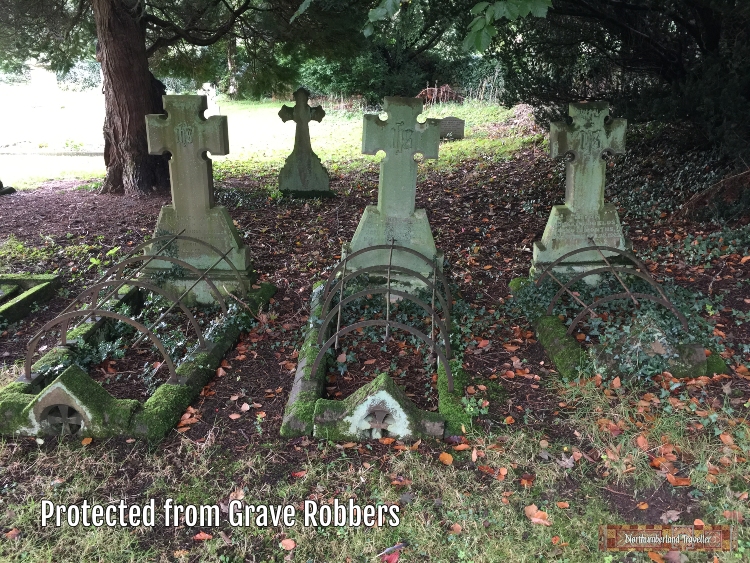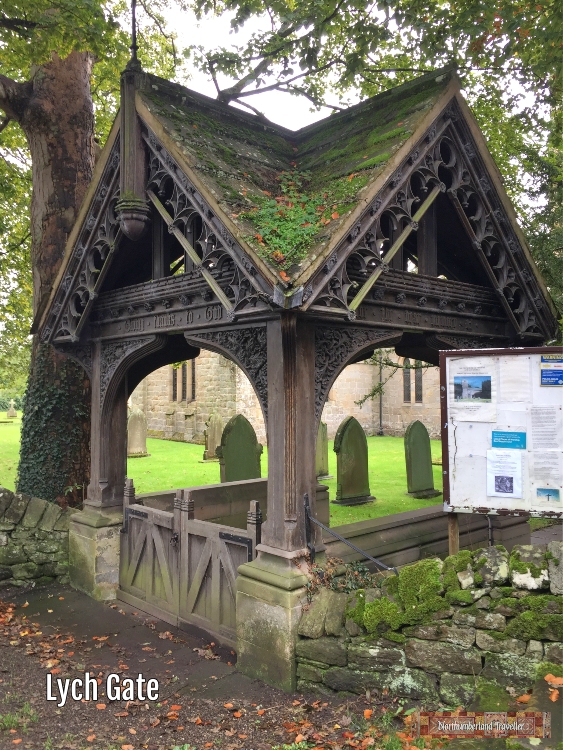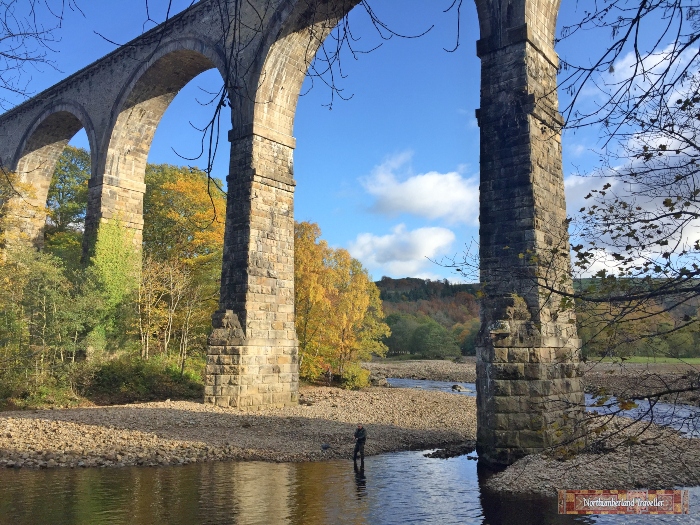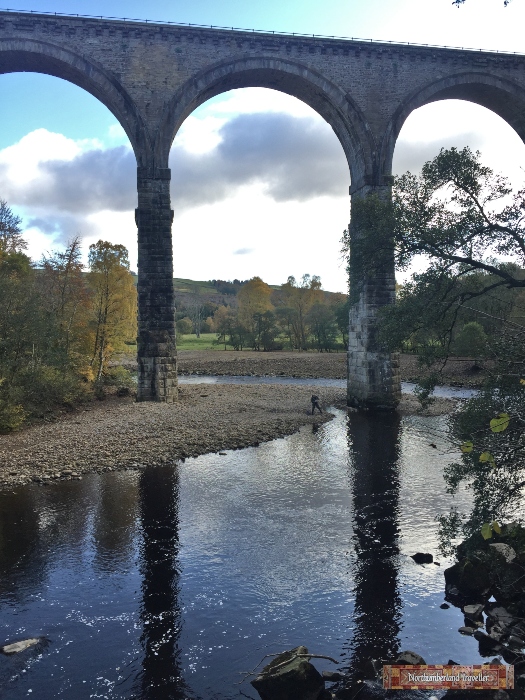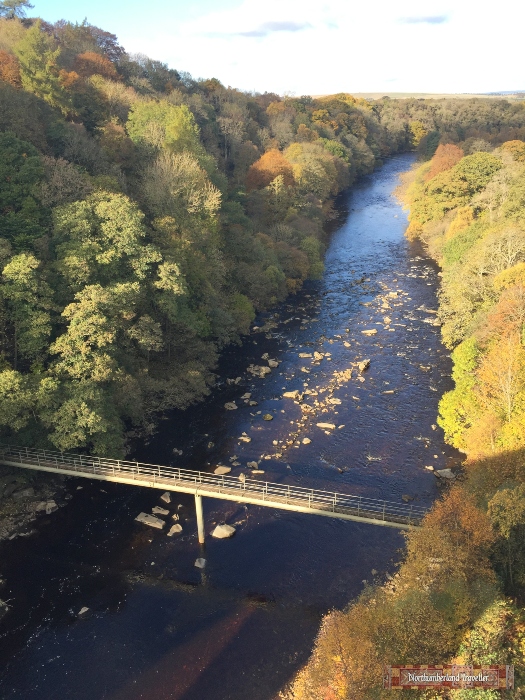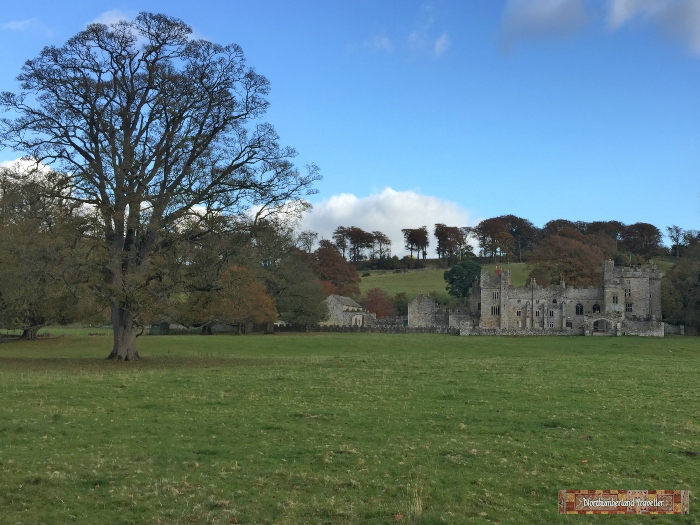This Wylam to Newburn Walk is a 2.9 mile (one-way) section of the Daft As A Brush trail.
This is a pleasant, easy walk with various points of historical interest, especially for those interested in railways.
Please note I am not providing detailed maps or instructions of the route. You will find all that in Daft As A Brush’s book. You can buy a copy here with proceeds going to support the charity’s good works.
Start Point
Wylam Car Park
End Point
Tyne Riverside Country Park. There is plenty of free parking here.
Highlights

It is well worth popping into the Wylam Railway Museum. It is small but packed with interesting exhibits relating to the development of railways in the region and in particular the role of famous railway pioneer George Stephenson who was born here in 1781.

The first part of the walk from Wylam follows the route of the old Wylam Waggonway, a horse-drawn method of transport built in 1748 for transporting coal, originally along wooden rails and later on iron rails. The waggonway was replaced by a railway line in 1876 linking Wylam to Newburn and Scotswood. After the railway closed in 1968 the track was removed and the Waggonway became a public bridleway.

This charming whitewashed cottage was George Stephenson’s birthplace, now owned by the National Trust. He and his family lived here until he was eight, sharing with three other families. Seeing the horse-drawn coal wagons passing in front of his window may well have triggered his interest in developing steam powered locomotives.


From here the River Tyne Trail runs close to the riverbank passing through Calaminarian grassland, a habitat where rare wild plants have adapted to survive on soils rich in toxic heavy metals left over from mining activities.

There used to be many ferry crossings on the Tyne and this Ferryman’s Cottage on the opposite bank marks the spot of the Ryton Ferry.

A blob of outdoor art on the riverbank at Newburn.

You might want to end your walk with refreshment at the Keelman Pub and Big Lamp Brewery which is housed in the former Newburn Water Pumping Station, built in 1854.
Nearby Attractions
Wylam Railway Museum
Wylam Station









